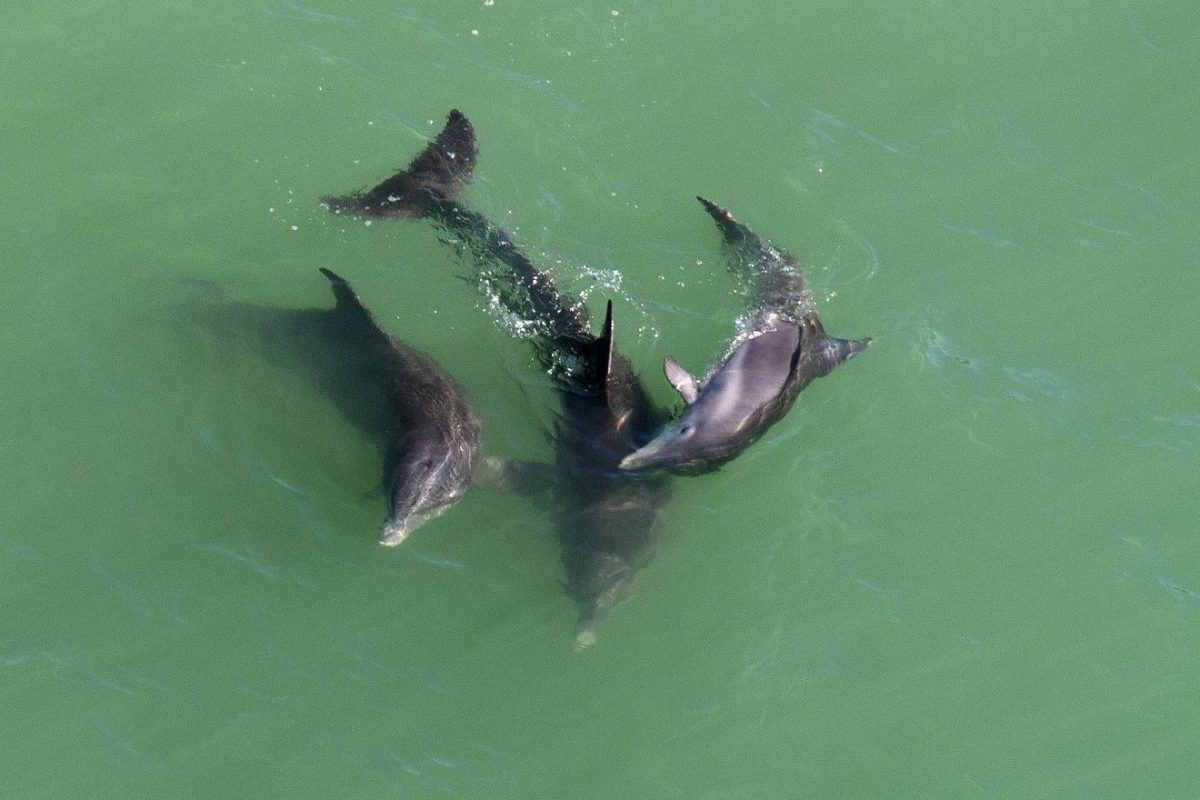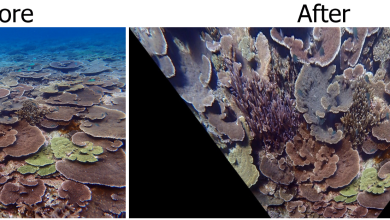University Study Examines Red Tide’s Effect on Dophins in Gulf of Mexico
New Florida Tech research is analyzing the effects of harmful algal blooms (HABs) in the Gulf of Mexico.
Florida Tech ocean engineering and marine sciences assistant professor Spencer Fire’s paper, “Association between red tide exposure and detection of corresponding neurotoxins in bottlenose dolphins from Texas waters during 2007–2017,” was released this month. The paper looks at the neurotoxins produced by the HAB species Karenia brevis and the severe negative impacts on the coastal ecosystems of the Gulf of Mexico. The goal of the study was to assess the overall degree of the PbTx brevetoxin (the toxin produced by Karenia brevis) exposure to bottlenose dolphins recovered along the Texas coast as part of a decade-long survey, including data from mortalities occurring during blooms as well as periods without reported bloom activity.
Of the 112 dolphin carcasses tested, 60 percent tested positive for PbTx. The carcasses were found from the Texas-Louisiana border to the Texas-Mexico border, but were mainly concentrated near Galveston Bay and Corpus Christi Bay. Neither the percentage of animals testing positive nor PbTx concentrations in the dolphins’ livers were statistically different between non-bloom and bloom groups. This suggests that either PbTx is sufficiently persistent in the tissues of exposed dolphins to be detectable several months or more than a year post-exposure, or that PbTx remains available in the Texas dolphin food web even in the absence of K. brevis blooms.
While the amounts of toxins in the dolphins’ prey was not analyzed in this study, previous research, such as Fire’s work in Sarasota Bay in Florida, did look at the fish dolphins eat and found toxins. The previous work provides the frame of reference to evaluate the severity of the Texas data.
The Texas coast has experienced several sporadic K. brevis blooms since monitoring effort have been in place dating back to 2003. Though the blooms haven’t happened with the same frequency as in Florida waters and the observed impacts of these blooms on bottlenose dolphins are much less-well studied relative to Florida populations, several bottlenose dolphin mass mortality events have occurred in Texas over the past three decades. The majority of these events do not have a known cause, despite taking place in waters where HABs are frequent and often severe.
“Despite the fact the blooms of this species and how many toxins are in the water are much less common than in Florida hotspots, these animals are still exposed throughout the year,” Fire said. “Even though the amounts are lower, there’s always this low-level source of toxin exposure to this group of marine mammals that don’t have the ability to avoid it.”
Further research will look into how the dolphins that survive these blooms are affected. Fire noted he would like to analyze the correlation between the levels in the stress hormone cortisol in the dolphins exposed and the severity of exposure to the blooms.





